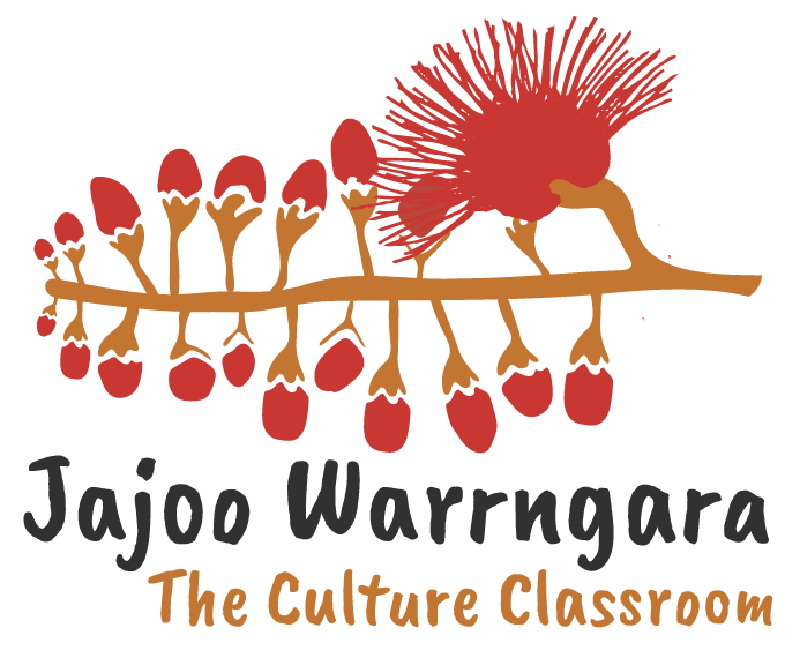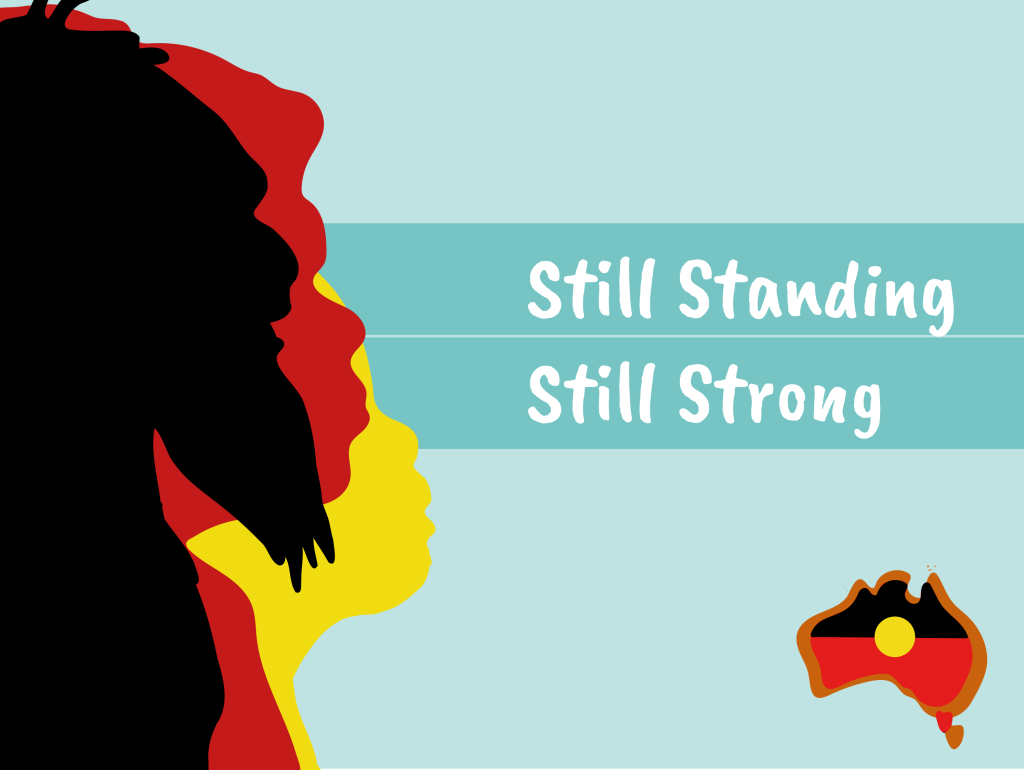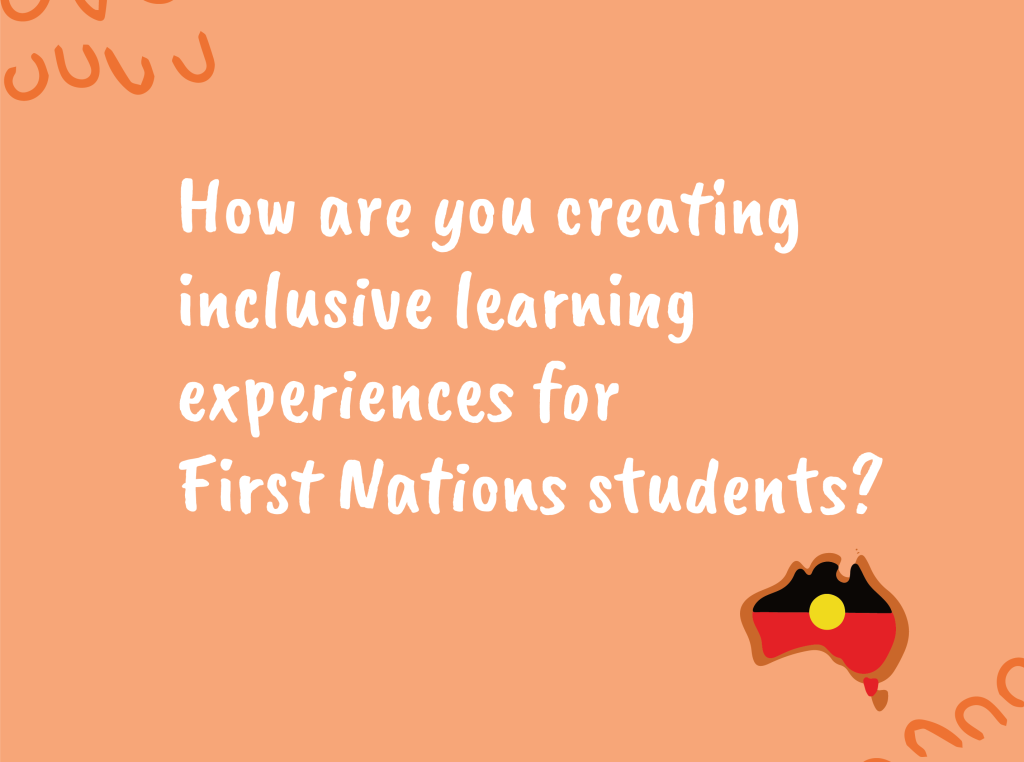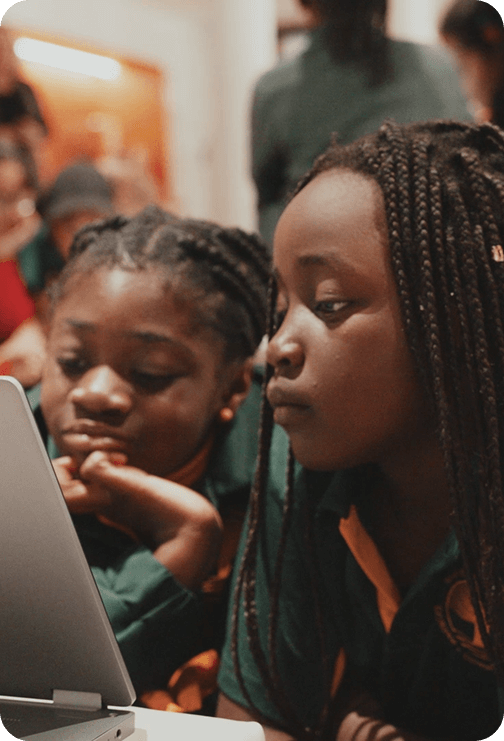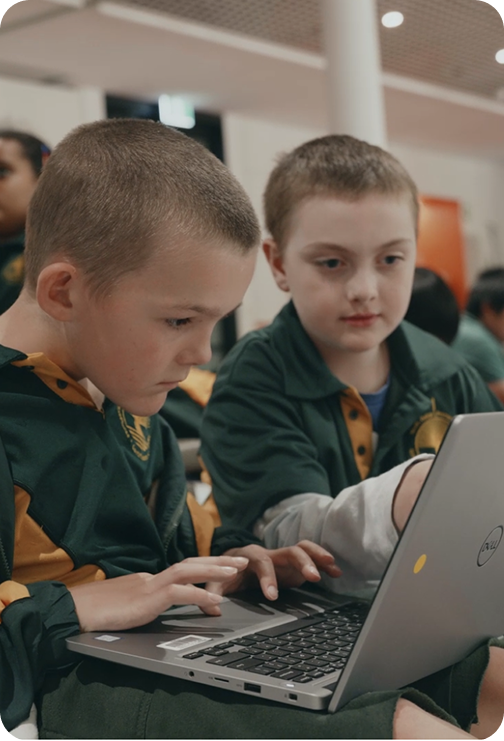Fostering Culturally Safe Classrooms: A Teacher’s Guide to Navigating January 26th

In the aftermath of January 26 the country’s atmosphere remains charged. Following the onslaught of ignorant remarks, racist comments and ultra-nationalism saturating our online spaces, I am reminded that whilst this is a tough time for mob, it also serves as a catalyst for positive change.
At the Meanjin Invasion Day Rally last Friday, I witnessed people from all walks of life standing in support of Aboriginal people, Palestinians, and all those oppressed by colonial violence. Strangers walked across the bridge in the scorching heat, arm in arm, united in their calls for justice, liberation, and peace.
In such a heightened political climate, where young people are inundated with violence, injustice, and war on their phone screens daily, educators must recognise the profound impact this has on students and their well-being. Not only for those who have experienced displacement or have family members affected by conflict but also to those inadvertently affected because they care.
Though these challenges can affect students of any culture, they are distinctly amplified for young Aboriginal and Torres Strait Islander people around January 26 and other times when they become the subject of national debate. Our youth are dealing with pervasive negative media daily, compounded by deficit language and policies which frame us as the ‘problem.’
Discrimination in schools
A recent study of 4,600 primary and secondary students across New South Wales and Victoria, found one in three experienced racial discrimination. Additionally, nearly 20% of Aboriginal and Torres Strait Islander students reported facing discrimination directly from their teachers. This is a stark reminder of the deeply rooted racial bias within our educational institutions, an issue perhaps further exacerbated by the broader social context.
Australia recently faced international criticism in the Human Rights Watch (HRW) world report that criticised our treatment of refugees, offshore detention policies, and notably, the systemic discrimination against Aboriginal and Torres Strait Islander people. In a country where the leader of the opposition would sooner have us boycott supermarkets for not stocking Aussie Flag novelty hats for ‘Australia Day’ over addressing the exorbitant cost of the groceries actually on their shelves, where heated online discussions overflow with explicit racism passed off as ‘Aussie pride’, and other misguided expressions of a national identity, it is a clear demonstration that we haven’t quite figured it out yet. It seems there are very few people who are actually willing to sit down and have a yarn, listen to each other and work things out.
I want to live in the ‘lucky country’ just as much as the next guy but I am not sure I can be proud of a country where our leaders are more likely to fight for party merch at Woolies than acknowledge basic human rights.
Despite the many current societal challenges, it is important that we harness the positive energy that we know exists when we stand together in unity. Schools have an obligation to create fair, safe and inclusive environments for the communities they serve. We owe it to our students to establish a positive learning environment, to ensure they have the best possible chance at accessing a comprehensive and quality education.
This task can seem quite daunting, but there are a few tangible steps that may assist in navigating the complex landscape of contemporary education and ensuring it is culturally safe for everyone.
Whilst not without its imperfections, the latest version of The Australian Curriculum serves as a valuable resource and framework to guide teachers in creating positive learning environments.
Historically, our fullest version of history and the ongoing effects of colonisation were not taught in schools or even recognised as truth. The Aboriginal and Torres Strait Islander Histories and Cultures Cross-Curriculum Priority is a crucial component for enriching students’ understanding of our shared histories.
Choosing the Right Resources
Selecting culturally appropriate resources is a critical step. It is essential to do some homework on the resources you use in classrooms and a quick Google search just doesn’t cut it. Believe it or not, not all resources on Aboriginal and Torres Strait Islander Histories and Cultures are authored or endorsed by Aboriginal and Torres Strait Islander people! Look for readily available resources co-created with First Nations communities, such as those offered by organisations like SharingStories Foundation and Jajoo Warrngara, Common Ground First Nations, Childrens Ground etc.
These initiatives exemplify a commitment to authentic representation. Finally, building connections with the local community, Elders, and Cultural Custodians. It is important to foster genuine and respectful relationships where possible.
Stay Informed
Educators must stay attuned to the ongoing challenges faced by young people and be proactive in understanding social justice and liberation movements. Justice and solidarity are values that must be actively integrated into school classrooms and communities.
Whilst this may feel at times an insurmountable task, it is achievable. I know because I have seen it work. You may have too. It looks like young people embracing each other for who they are. It looks like students standing up and giving an Acknowledgement of Country with pride. It is the camaraderie on the footy field when a team member reaches out to help up their opponent. It is the school captain proudly wearing their lavalva at assembly. It is the 14 year olds who march across the bridge on Invasion Day holding signs which read “No Pride In Genocide” and it is ALL children feeling free to express themselves and their unique identities. It is less ego, more compassion. It is learning and unlearning.
Culturally safe and inclusive classrooms demand continuous dedication. We must be active in our practice of it. The role of the teacher goes beyond teaching subject matter and extends to nurturing empathetic humans who can contribute to a better world, to foster a society where the term “lucky country” isn’t just for a select few but a lived reality for all.
Check out our 7 Things Teachers can do to Foster Culturally Safe Classrooms https://jajoowarrngara.org/category/yarn/

